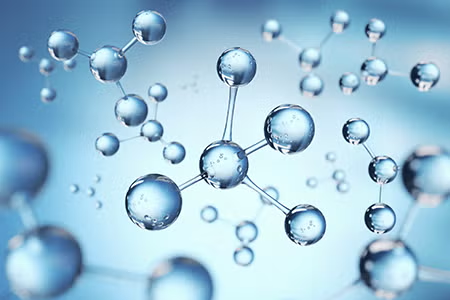Flame retardants refer to a variety of substances that are added to synthetic materials to prevent fires from starting or to slow the spread of fire, leaving more time for people to escape and firefighters to respond.
Flame retardants are derived from naturally-sourced elements and are incorporated into materials such as plastics, textiles, foams, and paints.
Flame retardants can be liquids or solids. They can be chemically transformed to create a new fire resistant material (reactive) or physically incorporated into a material (additive).




